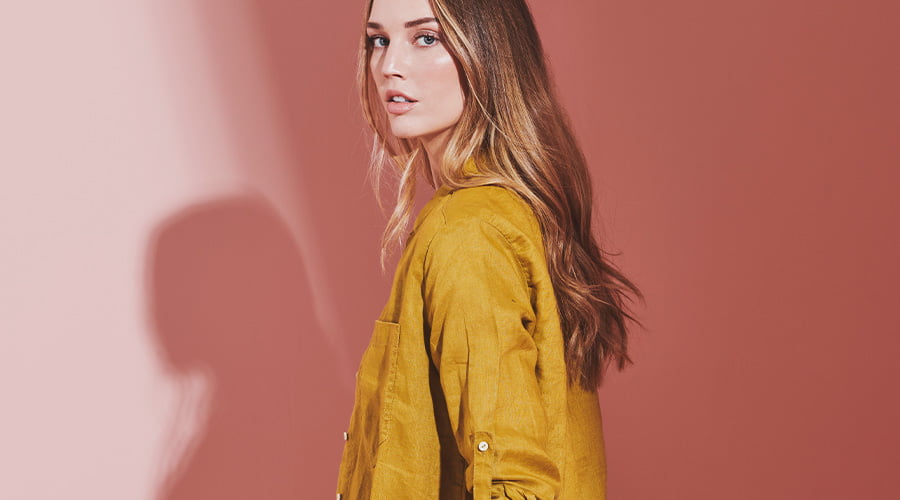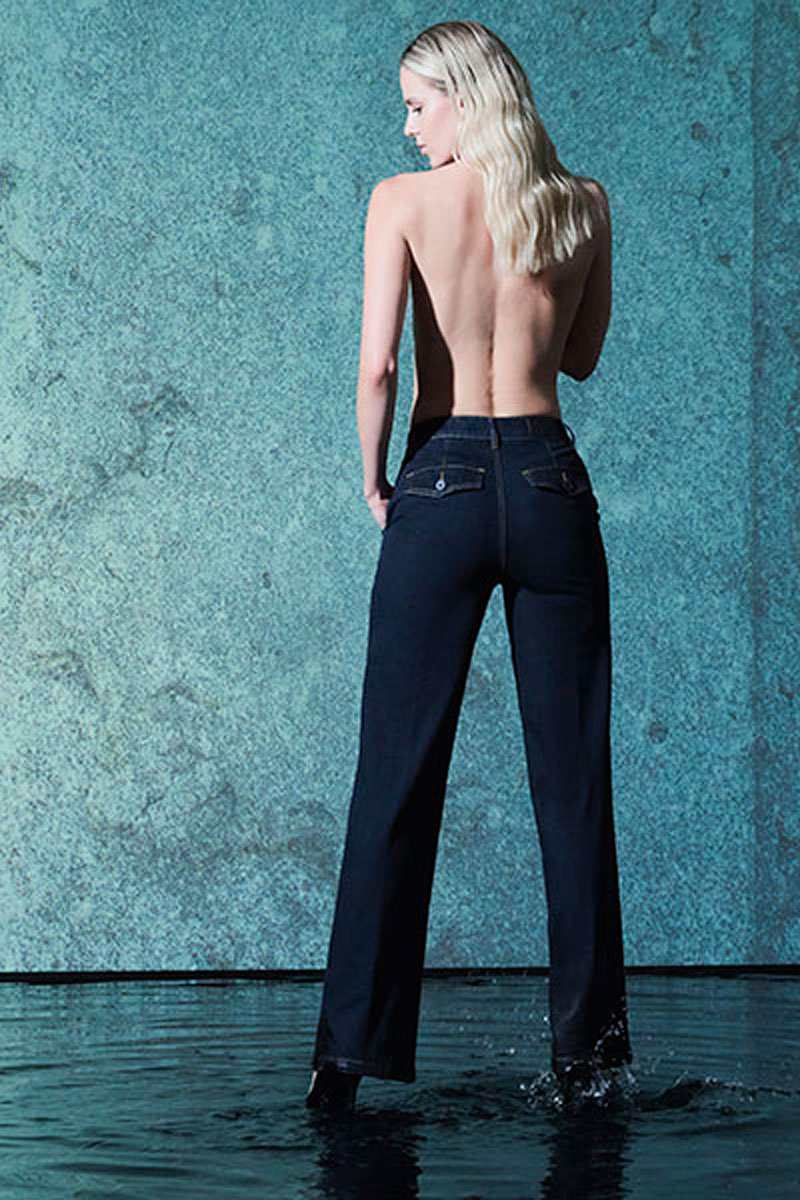The coolest and most elegant summer fabrics: which to choose to face the heat in style

When it is really hot, dressing lightly is worthwhile up to a point, especially for those who find themselves spending much of July and August in the cities, where the humidity rises, reducing the inches of fabric one wears helps little to combat the heat.
Rather than reducing the extent of clothing – they consider that beyond a certain limit one cannot go anyway – better to carefully evaluate the type of fabric you put on. This also applies to household linen, such as sheets, bathrobes and pyjamas: the natural fabrics help perspiration by absorbing moisture, leaving the skin dry and giving a feeling of freshness.
The king fabric of summer: linen
Linen is a fabric with great properties; Even more than cotton, it is able to let the skin breathe and absorb moisture, thus leaving it feeling cool and dry. Also used for household linen, linen is also extremely elegant: both to the eye and to the touch it resembles silk.
A linen trouser alone, in a neutral colour and paired with a simple light-coloured blouse, alone can present a sober outfit, able to adapt to a business meeting as well as a formal event.
And a fabric that is as resistant to washing as it is to the sun’s rays, but also to the iron, as anyone who has cared for a few linen garments has discovered. It is precisely the strength of the fibres that causes the cloth to crumple easily and retain every crease, which is difficult to remove. A bit of effort, but it is well rewarded by the quality and versatility of these garments.
For the body and home: cotton
Cotton is the most widely used fabric and among the best in contact with the skin: breathable, hypoallergenic, resistant. It is easier to iron than linen but a little less soft to the touch. For a more ‘slippery’ final effect, it is often supplemented with synthetic fibres, so it is always best to read the label very carefully if you are looking for 100 per cent pure cotton. Look for perhaps some cotton muslin caps, a special workmanship that produces a fabric with a sparse weave; it is very soft and breathable, ideal for blouses and blouses, even with a see-through effect.
Cotton is also durable, resistant to several washes even at high temperatures, which is why it is often used for sheets, pyjamas and household linen.
Elegance par excellence: silk
Silk is one of the most expensive fabrics on the market because of the way it is produced. It is the result of the work of the silkworm, thus a completely natural product. The higher cost, however, is repaid by the preciousness and elegance of any garment made from this fabric: silk is recognisable at first sight. Absolutely breathable, very light, gives a fresh sensation on the skin and is very pleasant in contact with the dermis. Whether you are invited to a wedding in the middle of August or to a sophisticated event on a sultry evening, a silk dress is the answer.
Fresh and soft: viscose
Viscose is a fabric that is used almost exclusively in summer, or to make formal dresses for indoor use. In short, it is not suitable for winter because it does not warm: it has a less thermoregulatory function than cotton does, despite being a sub-process of it. Viscose is in fact made of natural cotton pulp combined with synthetic cellulose fibres: it is extremely breathable, therefore very cool to wear, softer to the touch than cotton and reminiscent of silk.
If you are looking for an elegant dress to wear in summer, viscose is the choice for you.
An eye for sustainability
All the fabrics indicated, perfect for summer, are also all natural fabrics, or at most only minimally mixed with synthetic fibres. Besides being better for skin contact, they are also good for the environment. They last longer, thus reducing the amount of waste that accumulates, and less water and petroleum-based products are needed for their production. The best choice for both you and the world.
